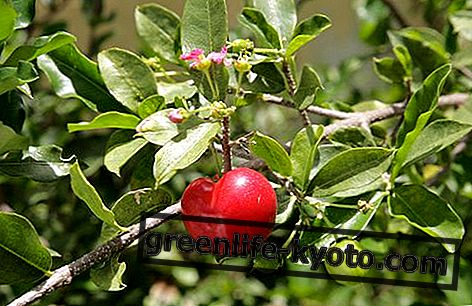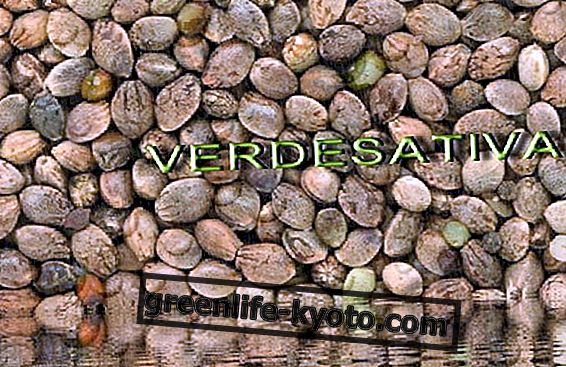
"Jump back, bounce" here is the ancient Latin meaning of the word "Resilience."
If the term resilience applied to people and in a psychophysical sense denotes a certain I know nothing of strength, courage, coming to be synonymous with the capacity for revenge and recovery after any suffering or crisis, to the "chin up and go ahead"; if, on the other hand, we think about it in an ecological context, then tones and shades change.
Yes, because a sense of sadness, tenderness, compassion and at the same time impotence insinuates itself, moved by the sense of individual guilt that rises as a collective scapegoat.
Resilience in ecology is imagined as the tree, its roots sinking between the earth and plastic bags, can be seen through the colored microspheres of plastic scrubs in the sea, mistaken for plankton by fish, or again on the shoulders of mothers-frogs who carry their tadpoles on their backs, trying to make them survive in the dry and arid land. Let's see in detail what it is.
Read also A resilient mentality to live well >>
The history of ecological resilience
In 1973 Crawford Stanley Holling, Canadian ecologist, introduced the word "resilience" in the field of ecology, as a way to help understand certain non-linear dynamics observed in the ecosystem.
Thus it was that ecological resilience was defined since then as "the quantity of anomalies that an ecosystem can tolerate without changing the processes of self-organization and its basic structures". Other authors also consider it as "the time to return to a stable state following a perturbation". We say that in fact the two concepts are closely connected and related to each other and both define the term in question.
Another new term, "adaptability", was introduced to describe the process that modifies ecological resilience. For various ecosystems we speak then of "transition", as of passage from a state of stability to another: forests, lakes, semi arid territories, coral reefs: they are all systems where ecological resilience is maintained thanks to key structural processes, through various passages, sources of renewal and re-training and functional biodiversity.
Plants speak, move, are social and, in a way, aware: we discover the intelligence of plants
A practical example of ecological resilience
Let's take a forest that is set on fire. Fire, a trauma that cannot be resisted and that causes an enormous ecological deficit, but, past which, the habitat recreates, reforms itself, trying to return to restore the status quo before the fire.
Here then are the two phases described above: the first, that is the ecosystem's capacity to absorb the trauma, and the second, namely the restoration of the initial structures and functions. The Mediterranean maquis, for example, has a great resilience capacity: think of the arson fires that in several years have caused the devastation of Umbrian forests or the Gargano. While the pine forest is more difficult to recover, in fact the Aleppo pine will not grow again until later, the underlying stain, the one that from the pines was first suffocated, will resume its vegetative cycle, trying to go back to the previous reproductive conditions of the habitat.
But this is not the only example. The man himself, often by his own cause, is subjected to the harsh laws of ecological resilience : think of how he pollutes and unbelievably destroys an urban settlement, for example, and then tries to survive in every way.
Very emblematic videos in this sense are "Homo Toxicus", a report on the effects that so many substances have on the human body, a documentary by Carole Poliquin that illustrates and manages to expose with extreme clarity and humor what is really a serious problem that afflicts the Planet .
Moreover you can take a look at the beauty, but also at the transformations that our Planet is going through, thanks to the works of Yann Arthus-Bertrand such as "Home" and the various expisodes of "Vu du ciel", seen from the sky.













